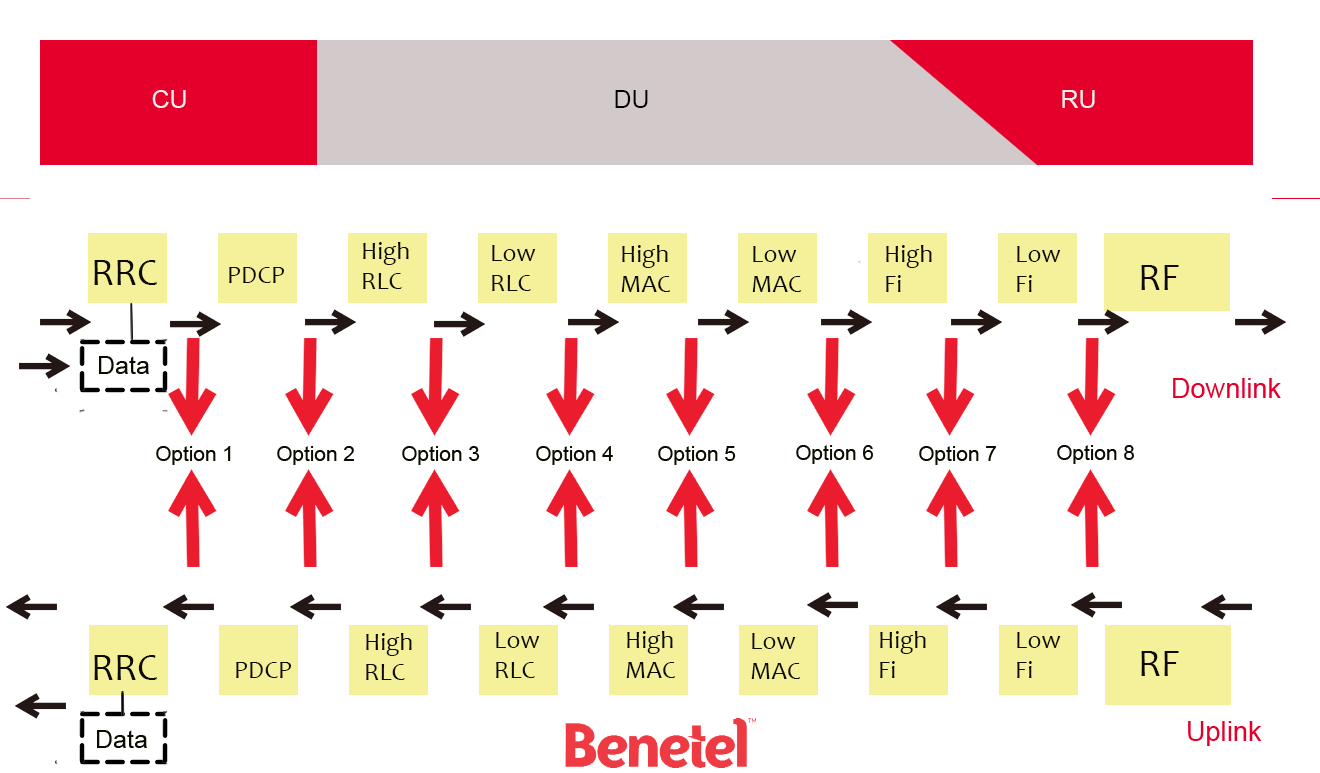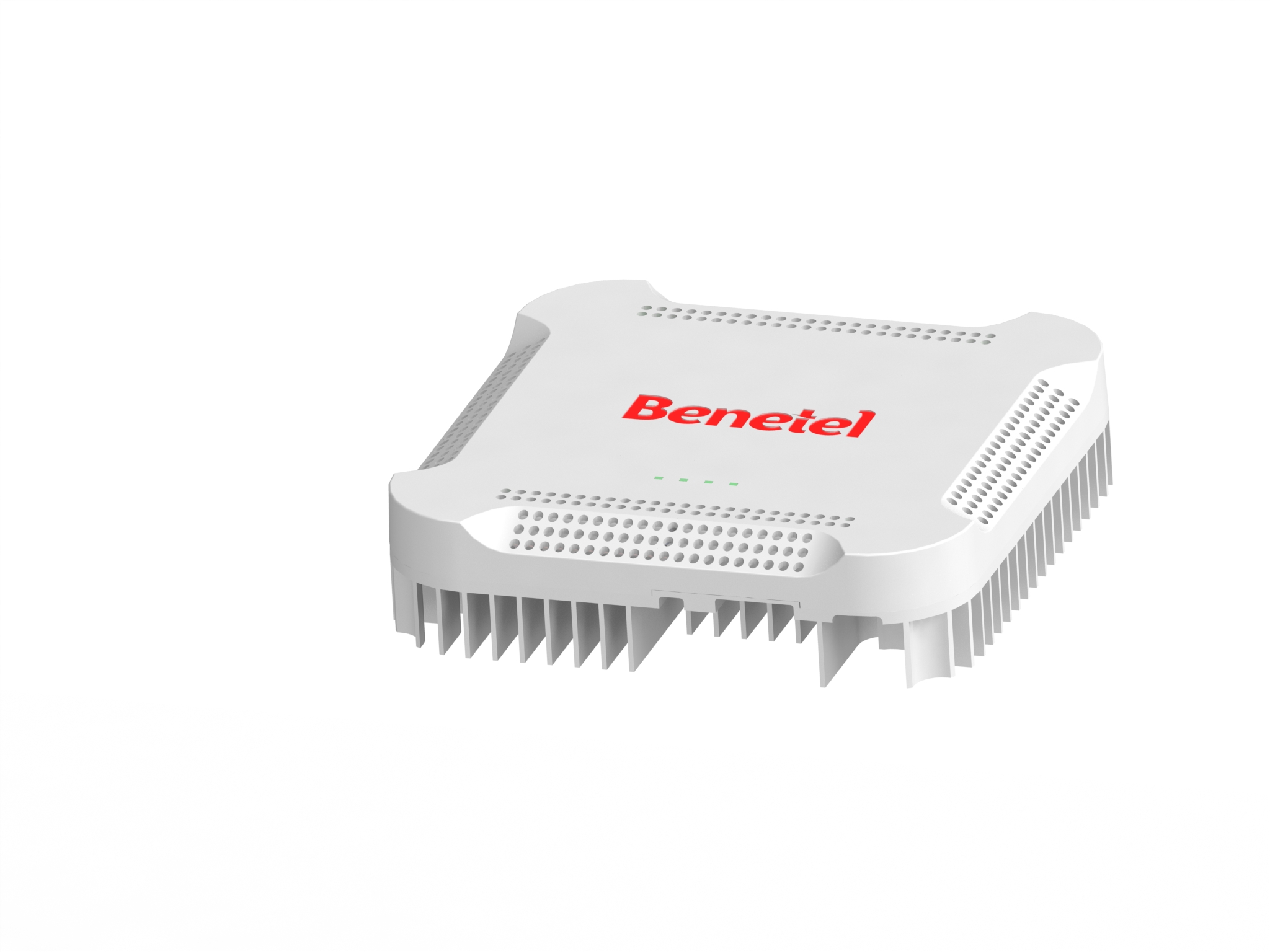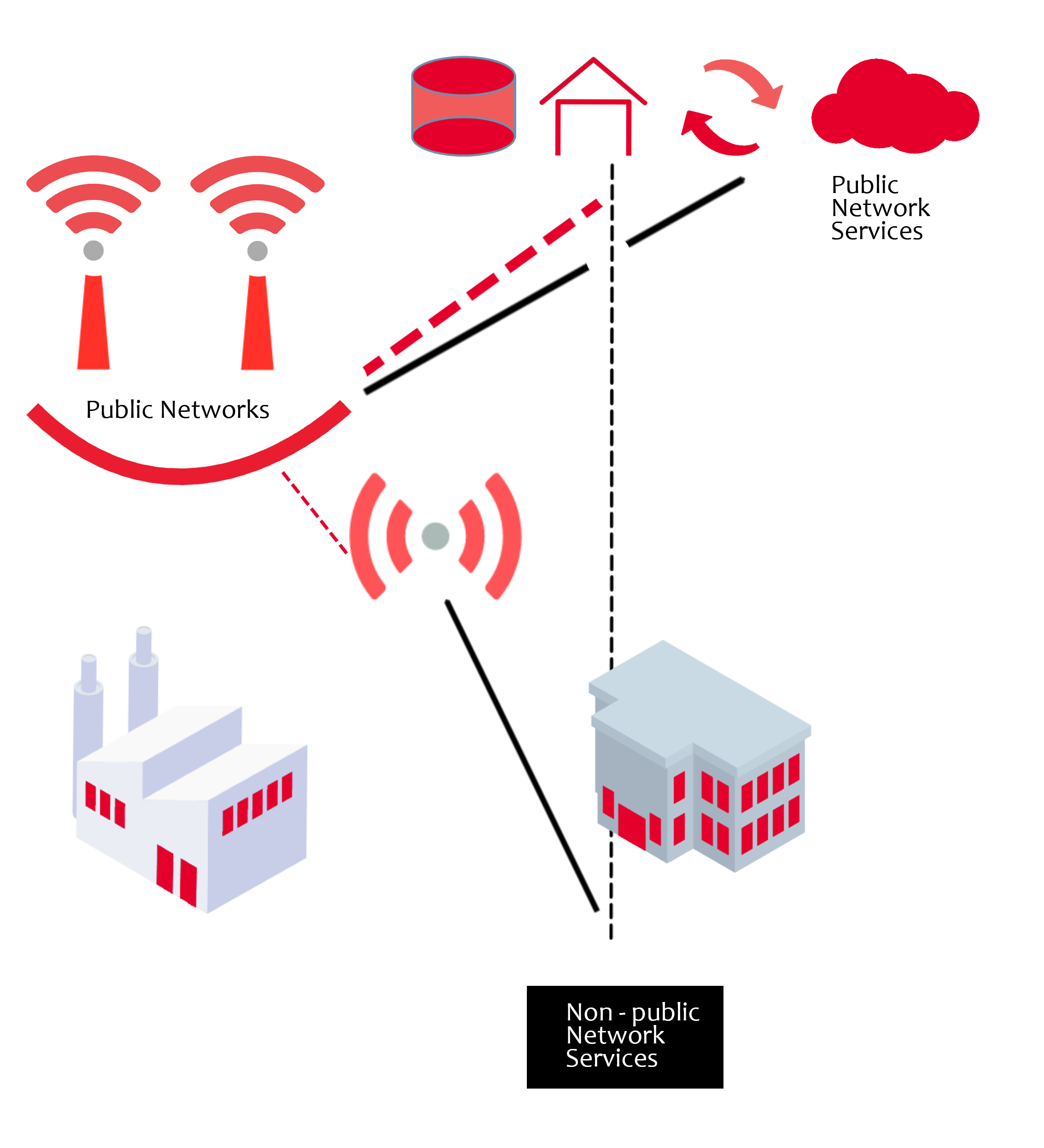Indoor Coverage - The Key to Delivering 5G
Adrian O’Connor, Benetel
Many of the transformative applications upon which 5G’s revenue generating promise are based will require indoor coverage. However, this is challenging to mobile network operators (MNOs). The traditional MNO business case does not justify the deployment of infrastructure within office complexes, factories, etc. Although indoor coverage is certain to be an essential element for driving the economic success of 5G, it will therefore call for a disruption of the established supply chain. The objective of the following article is to show how this can be achieved by opening up the radio access network (RAN) to a broader cross section of vendors.
The RAN is typically the most expensive component of MNO infrastructure, accounting for as much as 70% of the total cost of ownership (TCO) of the network (according to Ericsson Technology Review figures). Making RAN implementations more cost effective represents the biggest barrier to the widespread roll-out of indoor cellular coverage and 5G is exacerbating this significantly. In order to deliver the throughput, capacity and connectivity requirements outlined within the 5G specification, MNOs are going to need to undertake heavy financial outlay on their existing RANs - increasing network cell densities and adding technologies such as massive MIMO in order to improve spectrum utilization and support the propagation characteristics of 5G signals.
Faced with these unprecedented demands, MNOs will find it difficult to make the additional investments required to provide indoor coverage. At the same time, it is impractical for building owners to host the infrastructure of multiple MNOs.
1. Addressing Indoor Coverage Challenges
It is widely reported that over 80% of cellular traffic originates or terminates indoors, and this demand for indoor connectivity is only set to heighten. It will increase as the number of connected IoT devices that must be supported grows and new applications emerge, such as the Industry 4.0, building automation, augmented reality, etc.
The high cost and lack of flexibility of the RAN has led governments and industry bodies to address the whole structure and supply chain of the cellular network. There is widespread recognition that the cloud-level economies of scale required to remove this roadblock can only be achieved by creating an OpenRAN ecosystem.
2. Addressing the Challenge - Opening the RAN
A number of industry bodies, including the O-RAN Alliance, the Telecom Infra Project (TIP) and the Small Cell Forum, have been instrumental in driving the definition, adoption and deployment of OpenRAN options and standards. Based on this work, 3GPP has defined a number of different functional splits. Here the essential functionality of the RAN is spread across three defined elements - namely the centralized unit (CU), the distributed unit (DU) and the radio unit (RU). Each split places a different proportion of the workload on these three respective elements, and assigns them with responsibility for certain key activities. The different potential functional splits that can be implemented are described in Figure 1.

Figure 1: The functional splits available and how these define the way in which the 5G NR stack is allocated to the logical nodes
Through this disaggregation of conventional vertically integrated base station architectures, it is possible for more flexible deployments to be realized with lower associated costs. Although the industry had already taken some steps in this direction, the disaggregated interfaces were initially still of a proprietary nature. This kept barriers to new entrants in place and stifled technological progression.
In contrast, by creating a set of open standards, the above organizations are now able to encourage new vendors to develop solutions based on their specific areas of expertise. With network functions separated, solutions from multiple vendors can all be run on the same hardware. The upshot of this being increased flexibility for MNOs, and further reductions in TCO. Ultimately, having a RAN that is fully open will drive down the expense involved by leveraging standard components for common tasks, enabling competition and avoiding vendor lock-in.
As OpenRAN technology has gained momentum, a new breed of innovative suppliers are now becoming part of the ecosystem. These are bringing new hardware and software products onto the market - reducing the cost, power budget and space constraint issues that previously limited indoor deployment viability. It is now possible, for example, to install high performance RUs containing MIMO functionality indoors.

Figure 2: The Benetel RAN550 OpenRAN RU for indoor deployment
An example of this is Benetel’s RAN550 RU, as shown in Figure 2., incorporating RF transceiver technology from Analog Devices and FPGA technology from Intel, this OpenRAN radio hardware is based on a 7.2 functional split for maximum operational deployment versatility. It has a 4T4R antenna arrangement for MIMO transmission, and delivers 100MHz of instantaneous bandwidth. Versions can be selected from for addressing the n78 (3.3GHz to 3.8GHz), n77u (3.7GHz to 4.2GHz) and n79 (4.4GHz to 5.0GHz) frequency bands. 256 quadrature amplitude modulation (QAM) is employed for downloads and 64 QAM is used for uploads.
Through its 10Gbit/s Ethernet ports, the RAN550 can make use of existing cabling infrastructure to connect to the corresponding CU and DU elements. It can draw from a 12-volt supply, as well having built-in Power-over-Ethernet (PoE) capabilities. Thanks to its compact dimensions and straightforward mounting, this RU is easy to install within office environments.
3. Leveraging the OpenRAN
Disruption of the RAN supply chain will have major implications for 5G - enabling different business models to be experimented with and a wider array of vendors to participate. The reduced TCO and more flexible architectures resulting from the arrival of OpenRAN mean that provisioning of indoor coverage is one of the use cases that will significantly benefit.

Figure 3: Sharing of the RAN with the public network is one of the NPN deployment options that can be utilized
It is now becoming practical for enterprises to consider implementing non-public networks (NPNs) to address specific operational needs. A factory owner, for example, may decide to do so in order to meet the security or real-time requirements of their site. They will be able to mix and match network functionality - drawing on aspects of their NPN or the 5G network provided by their MNO, as illustrated in Figure 3. The NPN can be completely isolated from the public network, can share the RAN with the public network, share RAN and control plane functionality, or even be completely hosted by the MNO, as particular requirements dictate.
The role that system integrators play will change. As well as designing and implementing NPNs, they may also be required to manage these networks for businesses who do not wish to retain the necessary expertise or resources in-house. In public areas (such as shopping malls, large entertainment venues, hotels, airport terminals, etc.), the neutral host has emerged to provide multi-operator access. The neutral host approach relies on OpenRAN technologies to operate a shared network solution, which is available to multiple MNOs. Regulatory authorities around the world have recognized this growing requirement for NPNs and have begun allocating dedicated and shared spectrum options for owners and providers.
The Future Looks Bright for the OpenRAN
An increasing number of governments and the wider industry are recognizing the importance that indoor coverage is destined to have, with various OpenRAN-related initiatives consequently being launched. The US government recently approved a bill to invest $750 Million in OpenRAN technologies over the course of the next decade, while in the UK the Knowledge Transfer Network’s 5G Supply Chain Diversification Strategy likewise aims to accelerate the development and deployment of open-interface solutions.
The global financial markets also seem certain that OpenRAN technologies will play a pivotal role in the 5G roll-out. As detailed in Figure 4, projections published by ABI Research expect global OpenRAN spend in public cellular networks will constitute an annual figure of $10 billion in the 2026/27 time frame, and will exceed traditional RAN spending by 2030 (reaching $30 billion by that time).

Figure 4: Public cellular spend - covering traditional and OpenRAN
4. Conclusion
As applications such as the IoT and industrial automation have driven the demand for wireless connectivity, having adequate indoor coverage has become an increasing concern. Through the advent of interoperable hardware and software solutions that are aligned with the OpenRAN ecosystem, there is huge scope to reduce the TCO associated with network infrastructure - and this will enable a plethora of new use cases to be explored.
Learn more about Benetel at https://benetel.com/
Learn more about the RAN550, Benetel’s OpenRAN RU for indoor deployment.
Subscribe to Tech Focus
Join our IEEE Future Networks Technical Community and receive IEEE Future NetworksTech Focus delivered to your email.
Article Contributions Welcome
Submit Manuscript via Track Chair
Author guidelines can be found here.
Other Future Networks Publications
IEEE Future Networks Tech Focus Editorial Board
Rod Waterhouse, Editor-in-Chief
Mithun Mukherjee, Managing Editor
Imran Shafique Ansari
Anwer Al-Dulaimi
Stefano Buzzi
Yunlong Cai
Zhi Ning Chen
Panagiotis Demestichas
Ashutosh Dutta
Yang Hao
Gerry Hayes
Chih-Lin I
James Irvine
Meng Lu
Amine Maaref
Thas Nirmalathas
Sen Wang
Shugong Xu
Haijun Zhang
Glaucio Haroldo Silva de Carvalho

